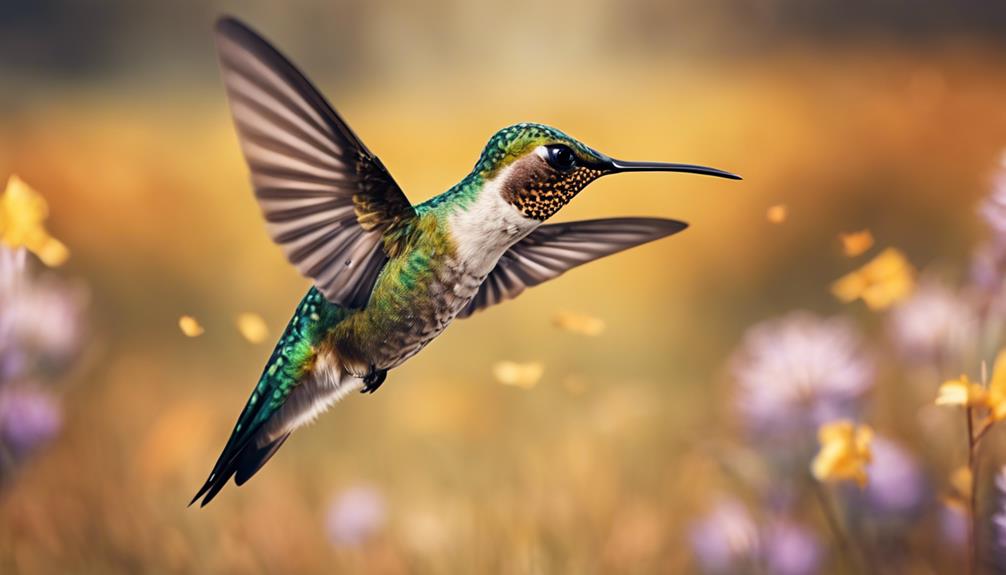When it comes to the most energetic animals, think of the cheetah sprinting at 75 miles per hour with explosive bursts of agility. The peregrine falcon soars at over 240 miles per hour, showcasing unparalleled speed and precision. The Arctic tern masters long-distance travels with unmatched stamina and energy efficiency. Hummingbirds beat their wings 80 times per second, constantly on the move for nectar. Kangaroos hop with efficiency, utilizing stored elastic energy for vast distances. These creatures embody unparalleled levels of energy. Curious to uncover more about the world’s most energetic animals?
Cheetah
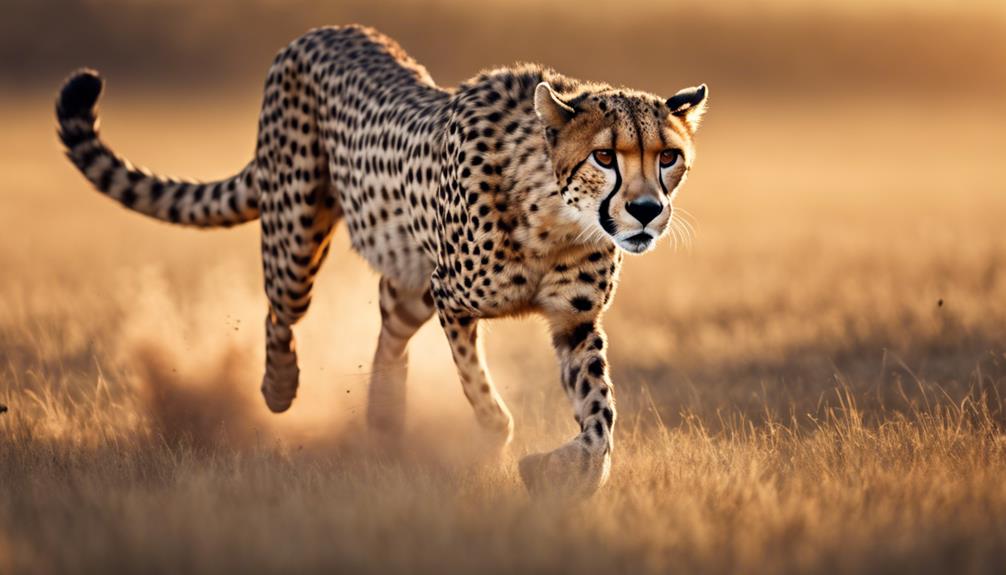
The cheetah’s lightning-fast speed of up to 75 miles per hour is unmatched in the animal kingdom, making it one of the most energetic animals known for its explosive bursts of agility. As you observe a cheetah in action, you witness a remarkable display of power and precision. Its slender body, designed for speed, houses muscles that propel it forward with astonishing force. With each stride, the ground beneath trembles as it surges ahead, demonstrating unparalleled swiftness and grace.
When hunting, you witness the cheetah’s strategic prowess, utilizing its speed to outmaneuver prey with calculated efficiency. The intensity in its eyes conveys a singular focus as it engages in a chase, showcasing the culmination of evolution’s finest work in maximizing agility and energy utilization. In moments of stillness, you see a coiled spring ready to release its kinetic energy at a moment’s notice, a living confirmation to nature’s boundless energy and adaptability. The cheetah, a marvel of nature’s design, continues to captivate with its unparalleled speed and agility.
Peregrine Falcon
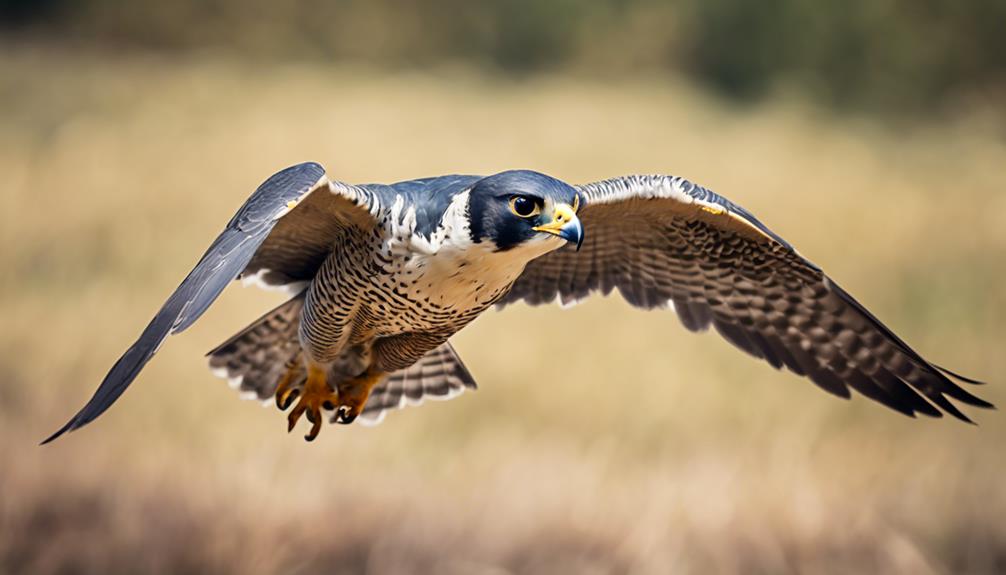
Witness the Peregrine Falcon‘s unparalleled speed and precision as it soars through the skies with unmatched agility. This magnificent bird holds the title of the fastest animal globally, reaching speeds that exceed a staggering 240 miles per hour during its hunting dives.
With sharp, keen eyesight and remarkable aerodynamics, the Peregrine Falcon demonstrates unparalleled energy and focus in pursuing its prey. Its streamlined body and powerful wings enable swift maneuvers and sudden dives to capture other birds mid-air with astonishing accuracy.
The Peregrine Falcon’s high-energy lifestyle demands exceptional physical prowess, which is reflected in its ability to cover vast distances swiftly and efficiently. This bird’s remarkable speed and agility make it a true marvel of the avian world, showcasing the extraordinary capabilities that come with being one of nature’s most energetic creatures.
Arctic Tern
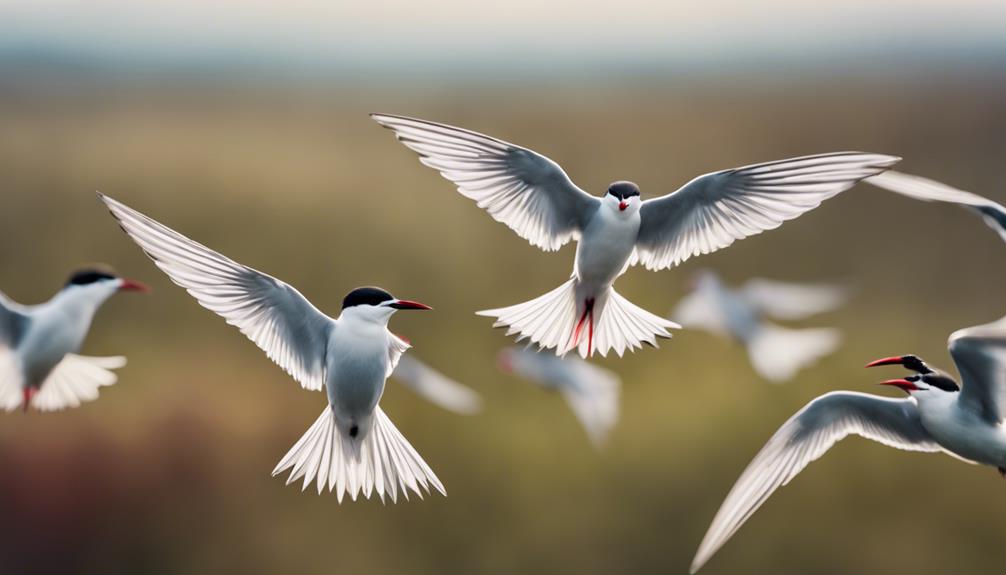
With unparalleled stamina and endurance, the Arctic Tern masters long-distance migration like no other. Covering approximately 44,000 miles annually, this incredible bird relies on favorable wind patterns for its arduous journeys. Enduring extreme conditions, from the Arctic to the Antarctic and back, showcases the Arctic Tern’s remarkable resilience and adaptability.
During migration, the Arctic Tern displays remarkable energy efficiency by accessing diverse habitats through its strategic travel patterns. By harnessing wind currents and utilizing physical adaptations for sustained flight, this bird minimizes energy expenditure while maximizing its travel range. The Arctic Tern’s ability to navigate vast distances with precision and grace highlights its exceptional energetic capabilities.
In the face of climate change and environmental challenges, the Arctic Tern continues to exemplify resilience and strength. By showcasing its unmatched endurance and fortitude, this remarkable bird remains a demonstration of the power of nature’s most energetic beings.
Hummingbird

Flitting from flower to flower with astonishing speed, the Hummingbird captivates with its vibrant colors and frenetic movements. You marvel at its tiny size yet incredible energy levels, as it beats its wings up to 80 times per second. This tiny dynamo requires a high-energy diet of nectar and insects to sustain its rapid flight and metabolism. Hummingbirds have evolved efficient cardiovascular systems with rapid heartbeats that support their sustained hovering and agile aerial acrobatics. Their unique ability to fly backward and upside down further showcases their extraordinary agility and energy expenditure.
Observing a Hummingbird in action, you witness a creature finely tuned for flight efficiency, utilizing every ounce of energy to maintain its hovering position while sipping nectar. Despite its diminutive size, the Hummingbird exemplifies one of nature’s most energetic creatures, constantly on the move and perpetually in search of sustenance to fuel its high-octane lifestyle.
Kangaroo
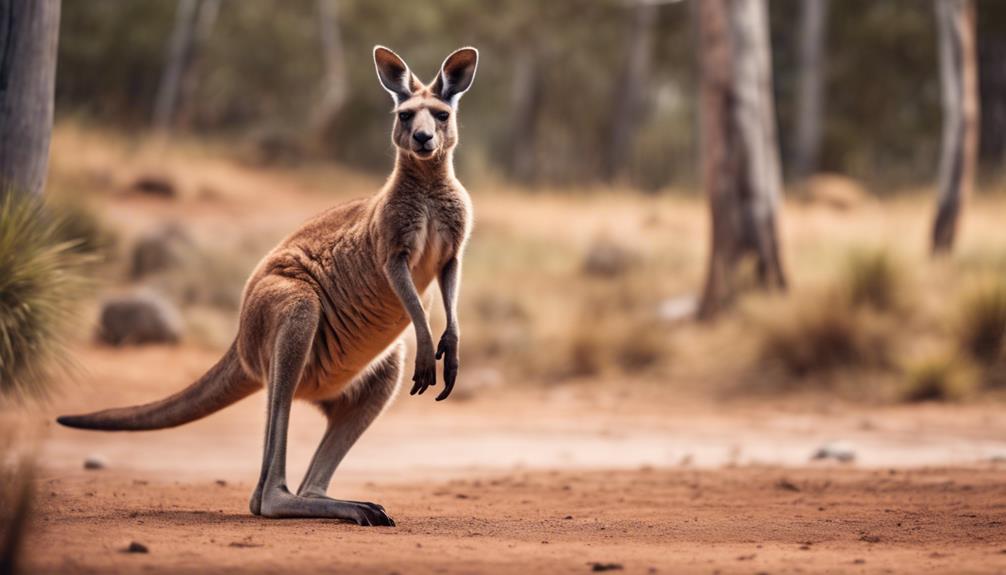
Efficiently utilizing its distinctive hopping locomotion, the Kangaroo showcases remarkable energy efficiency with its powerful hind legs and muscular tail. This marsupial’s ability to store elastic energy in its tendons allows for efficient propulsion, enabling it to cover vast distances with minimal energy expenditure. The kangaroo’s unique anatomy and movement pattern make it one of the most energy-efficient animals in the world.
As you observe a kangaroo bounding effortlessly across the Australian outback, you witness a creature finely tuned for energy conservation. With each powerful hop, the kangaroo minimizes wasted energy, relying on its robust hind legs to propel itself forward with incredible speed and agility. The coordination between its legs and tail serves as a proof of the evolutionary adaptations that have honed this animal’s energy utilization mechanisms to perfection.
Next, we explore the world of the Blue Whale, a marine giant that exemplifies energy efficiency through its feeding behaviors and massive size.
Blue Whale
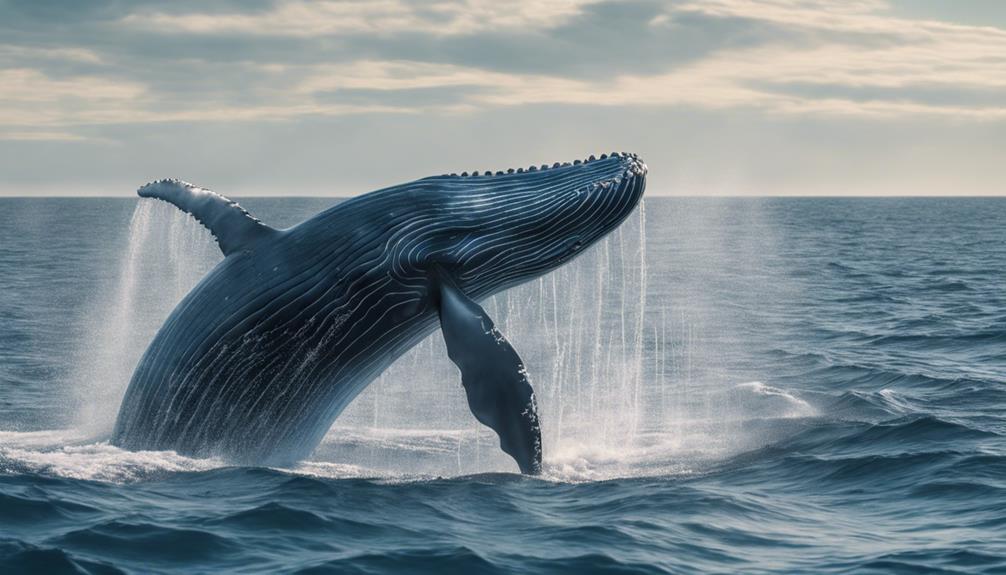
The Blue Whale, exemplifying energy efficiency through its feeding behaviors and massive size, is a formidable marine giant. As the largest animal on Earth, your energy-saving methods are impressive. Filter-feeding by consuming tons of krill daily showcases your efficient feeding strategy. By utilizing baleen plates to trap small prey while expelling excess water, you optimize energy intake during each gulp.
Your immense size allows for maximum energy retention, enabling you to survive in the vast oceans. Despite being massive, your movements through the water exhibit grace and fluidity, minimizing unnecessary energy expenditure. Your profound descents in search of food highlight your strategic approach to energy utilization, descending to depths where prey concentrations are higher, conserving energy during the hunt.
In a world where energy conservation is key to survival, your mastery of energy efficiency sets you apart as a majestic creature of the seas.
African Elephant
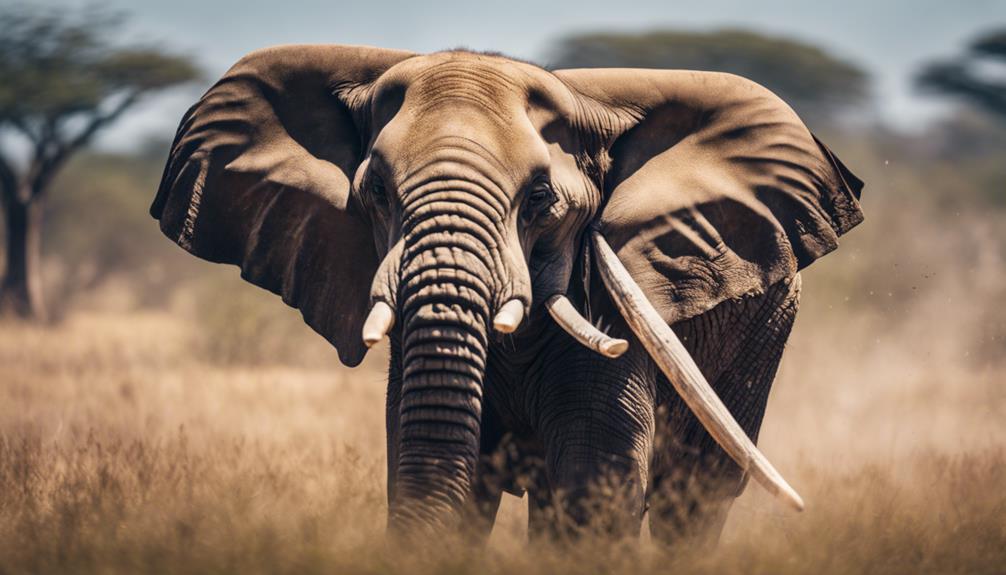
Optimizing energy intake through strategic feeding behaviors, the African Elephant stands out as a remarkable example of efficient energy utilization in the animal kingdom. These majestic creatures consume a diverse diet consisting of grasses, fruits, and leaves, enabling them to meet their extensive energy requirements. African Elephants possess a unique digestive system that allows them to extract maximum nutrients from vegetation, ensuring excellent energy absorption. By efficiently converting plant material into energy, they can sustain their massive bodies and high activity levels.
In addition to their feeding habits, African Elephants exhibit impressive social structures that contribute to energy conservation. Living in closely-knit family groups, they share responsibilities such as protecting the young and foraging for food collectively. This cooperative behavior minimizes individual energy expenditure and enables them to thrive in challenging environments. Additionally, their versatile trunks play a crucial role in energy-efficient tasks like gathering food, drinking water, and communicating with other elephants. Overall, the African Elephant’s ability to balance energy intake with energy expenditure showcases their exceptional adaptability and resilience in the wild.
Dolphins

With their playful nature and acrobatic behaviors, dolphins showcase a wide array of energy utilization strategies. These highly energetic marine mammals are known for their agility and social interactions. Dolphins exhibit remarkable speed and endurance, enabling them to swim at impressive velocities for extended periods. Their sleek bodies and powerful tails contribute to their efficient movement through the water, allowing them to conserve energy while hunting for prey or engaging in playful pursuits.
Dolphins also display intelligence and adaptability in their energy conservation methods. They’ve been observed using strategic hunting techniques and cooperative behaviors to optimize their energy expenditure during group activities. Additionally, dolphins possess specialized physiological adaptations, such as their efficient circulatory systems and streamlined shapes, which enhance their overall energy efficiency.
Grey Wolves
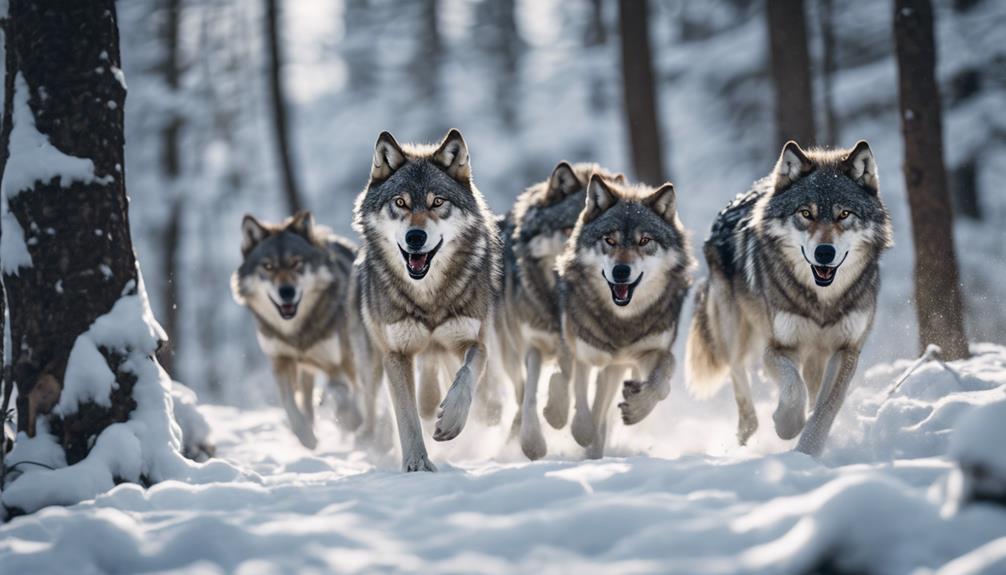
Displaying remarkable endurance and strategic hunting prowess, Grey Wolves exemplify efficient energy utilization strategies in their natural habitat. These apex predators rely on teamwork, communication, and adaptability to thrive in various ecosystems across the Northern Hemisphere. Wolves are known for their ability to cover vast distances in search of prey, utilizing their stamina to outlast and outsmart their targets. By working together in well-coordinated packs, they maximize their hunting efficiency, ensuring the success of their endeavors.
Grey Wolves exhibit remarkable intelligence in their hunting techniques, often employing strategic maneuvers to secure food sources. Their energy-efficient hunting strategies involve strategic positioning, coordinated attacks, and persistence in tracking down elusive prey. Through these tactics, Grey Wolves demonstrate their exceptional energy conservation skills, utilizing their physical capabilities to minimize energy expenditure while maximizing successful hunts. In the wild, Grey Wolves serve as a prime example of animals that have evolved to efficiently utilize energy resources in their quest for survival.
Significance of Energy Expenditure
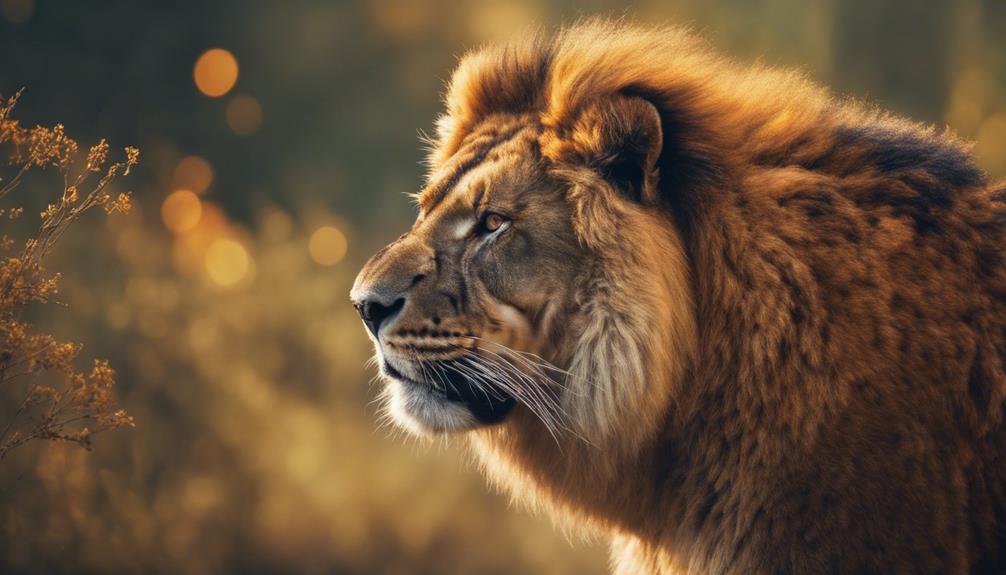
Why is energy expenditure significant in the daily activities and survival of animals?
Energy expenditure plays an essential role in fueling various necessary functions that are crucial for an animal’s survival. From hunting for food to escaping predators, every movement and physiological process requires energy. Animals need energy to maintain body temperature, digest food, reproduce, and carry out basic metabolic functions. Without sufficient energy reserves, animals would struggle to perform these tasks effectively, leading to decreased chances of survival in the wild.
Furthermore, energy expenditure is directly linked to an animal’s ability to adapt to its environment and compete for resources. Animals that can efficiently allocate and utilize energy have a competitive edge, allowing them to thrive in challenging conditions. Whether it’s a cheetah sprinting after prey or a hummingbird hovering to feed on nectar, energy expenditure is the driving force behind these behaviors. Essentially, energy expenditure isn’t just a physiological process but a critical determinant of an animal’s overall well-being and survival in the natural world.
Migration as a Strategy
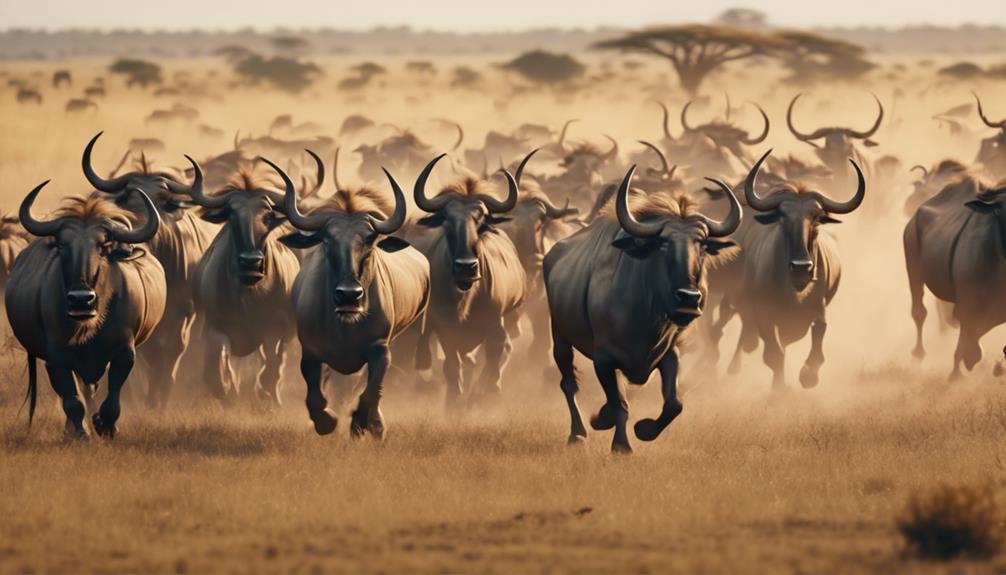
Migration serves as a vital adaptation for many animals, facilitating access to diverse habitats and enhancing survival capabilities. By moving to different locations throughout the year, animals can find ideal conditions for feeding, breeding, and avoiding harsh weather. This strategy allows species like the Arctic Tern to cover vast distances and access abundant food sources that may not be available year-round in a single location. Migration also aids in escaping predators, reducing competition, and ensuring the continuation of the species by finding suitable environments for offspring to thrive.
Animals that migrate have developed specialized physiological and behavioral adaptations to undertake these arduous journeys. They may rely on celestial cues, magnetic fields, or even visual landmarks to navigate accurately. Additionally, some species exhibit remarkable endurance and resilience during migration, showcasing their ability to overcome significant obstacles in their quest for energy efficiency. Overall, migration stands as an essential strategy for many energetic animals to optimize their survival in a dynamic and ever-changing world.
Evolutionary Traits for Efficiency
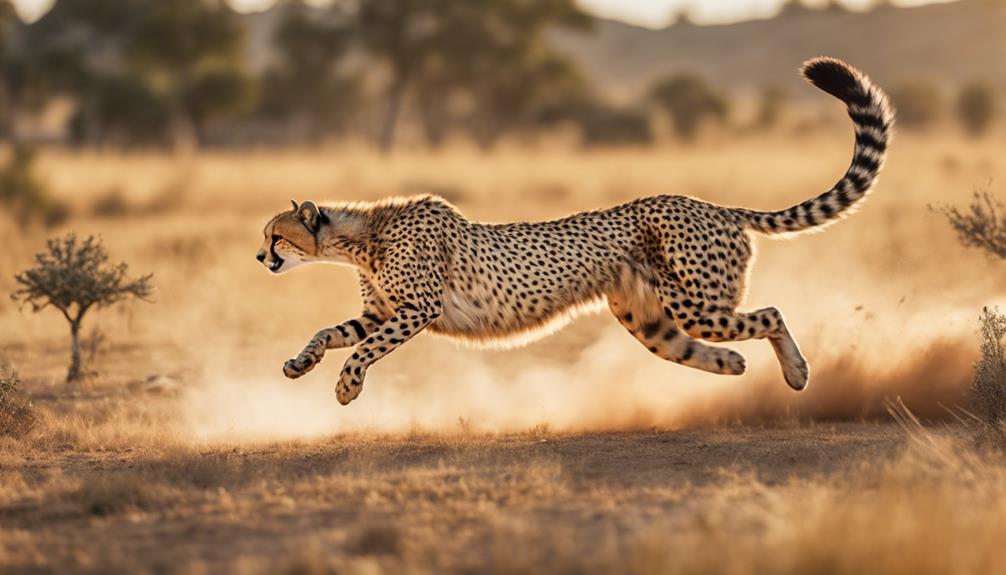
After understanding the significance of migration as a strategy for energy efficiency in animals, exploring their evolutionary traits for efficiency reveals remarkable adaptations that have been honed over generations.
Many species have developed specialized features to maximize energy utilization. For instance, the cheetah’s streamlined body and powerful muscles enable explosive bursts of speed, while the hummingbird’s efficient cardiovascular system with rapid heartbeats sustains its prolonged flight.
Evolution has fine-tuned these animals to thrive in their environments by conserving energy through unique locomotion, like the kangaroo’s hopping or the blue whale’s filter-feeding mechanisms. These adaptations not only enhance their survival but also showcase the incredible diversity of strategies that have evolved to meet their energy demands.

Erzsebet Frey (Eli Frey) is an ecologist and online entrepreneur with a Master of Science in Ecology from the University of Belgrade. Originally from Serbia, she has lived in Sri Lanka since 2017. Eli has worked internationally in countries like Oman, Brazil, Germany, and Sri Lanka. In 2018, she expanded into SEO and blogging, completing courses from UC Davis and Edinburgh. Eli has founded multiple websites focused on biology, ecology, environmental science, sustainable and simple living, and outdoor activities. She enjoys creating nature and simple living videos on YouTube and participates in speleology, diving, and hiking.
- WILDLIFE THEMED T-SHIRTS
Cute Hedgehog Embroidered: Love Wildlife, Protect Nature Wildlife conservation tees
$35.00

